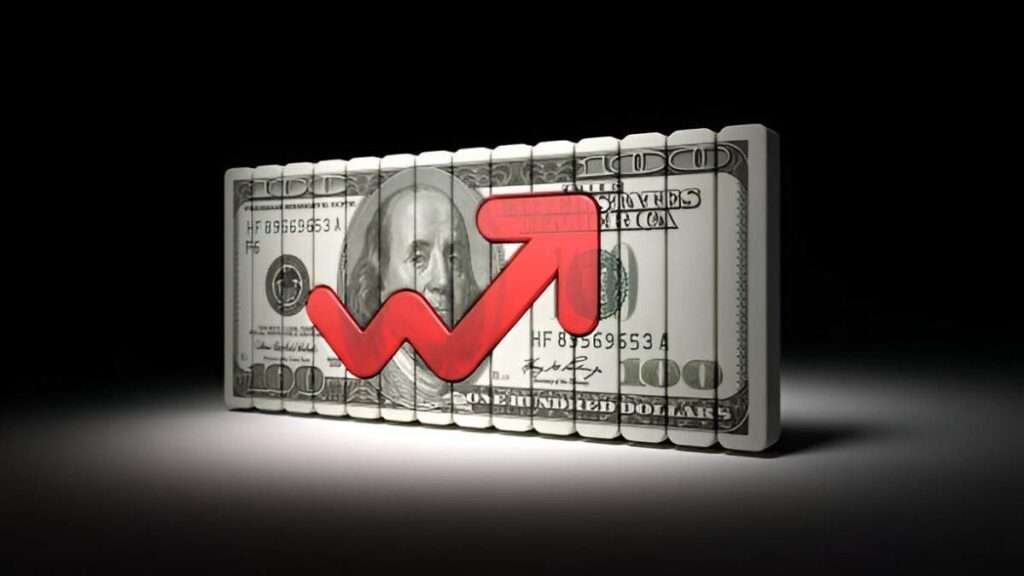Introduction
Trading in the foreign exchange (forex) market has become more accessible with the rise of online brokers offering commission-free trading. Many brokers advertise “0 commission” trading, suggesting that traders can buy and sell currency pairs without incurring additional costs. However, the reality is more nuanced. While these brokers do not charge a direct commission per trade, they make money in other ways, such as through spreads, markups, and hidden fees. Understanding these aspects is crucial to making informed trading decisions.
This article explores 0 commission forex brokers in detail, covering how they operate, their advantages and disadvantages, the costs traders still incur, and how to evaluate brokers based on trading strategies. I will also include examples and comparisons to illustrate key points.
Table of Contents
How 0 Commission Forex Brokers Operate
Forex brokers offering zero commission primarily make money through the bid-ask spread. The spread is the difference between the price at which traders buy a currency pair (ask price) and the price at which they sell (bid price). The wider the spread, the more money the broker earns.
Example of a Spread-Based Cost Structure
Suppose a trader wants to buy EUR/USD, and the broker offers the following prices:
- Bid price: 1.1000
- Ask price: 1.1002
The spread is 2 pips (0.0002). If a trader buys 1 lot (100,000 units of the base currency), the cost due to the spread would be:
\text{Cost} = \text{Spread} \times \text{Lot Size} \times \text{Pip Value}Given that 1 pip in EUR/USD for a standard lot is $10, the cost per trade is:
2 \times 100{,}000 \times 0.0001 = 20 , \text{USD}
Even though there is no direct commission, the trader incurs a cost of $20 per trade due to the spread.
Hidden Costs in Zero Commission Trading
Many traders assume that 0 commission means free trading. However, brokers often incorporate costs in other areas, such as:
1. Wider Spreads
A commission-based broker might offer a tighter spread (e.g., 0.2 pips for EUR/USD), whereas a 0 commission broker may have a 2-pip spread. Over time, this difference can be more expensive than a fixed commission.
2. Slippage
Slippage occurs when a trade is executed at a price different from the expected price due to market fluctuations. Some 0 commission brokers manipulate execution to increase slippage, effectively increasing trading costs.
3. Swap Fees
Holding a position overnight often incurs a swap fee. Some brokers mark up these fees to compensate for lost commission revenue.
4. Deposit and Withdrawal Fees
Certain brokers charge fees on deposits and withdrawals, which can add to overall trading costs.
Comparing 0 Commission Brokers vs. Commission-Based Brokers
| Feature | 0 Commission Broker | Commission-Based Broker |
|---|---|---|
| Spread Width | Higher | Lower |
| Fixed Commission | None | Yes (e.g., $3 per lot) |
| Execution Speed | May be slower | Typically faster |
| Ideal for Scalping | No | Yes |
| Hidden Fees | Possible | Fewer |
When Is a 0 Commission Broker a Good Choice?
A 0 commission broker may be beneficial for:
- Casual traders: Those who trade infrequently and prefer simplicity.
- Small accounts: Traders with lower balances who do not want fixed commission fees eating into profits.
- Swing traders: Those holding positions for days or weeks, where spread costs are less critical than long-term trends.
When Should You Consider a Commission-Based Broker?
A commission-based broker may be better for:
- Scalpers: Traders who make frequent trades within short time frames benefit from tighter spreads.
- High-volume traders: Those executing large trades may find lower spreads more cost-effective than commission-free models.
- Institutional traders: Professional traders often require deep liquidity and the best pricing available.
Example: Cost Comparison Between 0 Commission and Commission-Based Trading
Let’s assume two traders, both trading 1 lot (100,000 units) of EUR/USD.
| Broker Type | Spread (Pips) | Commission per Trade | Total Cost per Trade |
|---|---|---|---|
| 0 Commission | 2.0 | $0 | $20 |
| Commission-Based | 0.2 | $6 | $8 |
Over 100 trades:
- The 0 commission broker costs $2,000
- The commission-based broker costs $800
The commission-based model results in savings of $1,200 over the same number of trades.
Red Flags to Watch for in 0 Commission Brokers
While some zero commission brokers operate fairly, others engage in questionable practices:
- Excessive Spreads – Some brokers offer spreads significantly wider than the market average.
- Requotes – Orders get rejected and re-quoted at less favorable prices.
- Withdrawal Issues – Delayed or denied withdrawals suggest a lack of financial integrity.
- Lack of Regulation – Avoid brokers that are not regulated by bodies like the CFTC (Commodity Futures Trading Commission) or NFA (National Futures Association) in the U.S.
Choosing the Right Forex Broker
To find the best broker, consider:
- Regulation: Ensure compliance with CFTC and NFA regulations.
- Spread vs. Commission Comparison: Calculate overall costs for your trading style.
- Execution Speed: Check if orders are executed promptly without delays.
- Deposit & Withdrawal Policies: Look for brokers with transparent and fair funding options.
- Platform & Tools: Ensure the broker offers a robust trading platform like MetaTrader 4/5 or cTrader.
Conclusion
Zero commission forex brokers may seem attractive, but they are not necessarily cheaper. The true cost of trading lies in spreads, execution quality, and hidden fees. Traders should analyze their strategy and trading frequency to determine whether a commission-based or commission-free model is more cost-effective. By understanding the trade-offs, traders can make informed decisions that align with their goals and avoid unnecessary costs.





